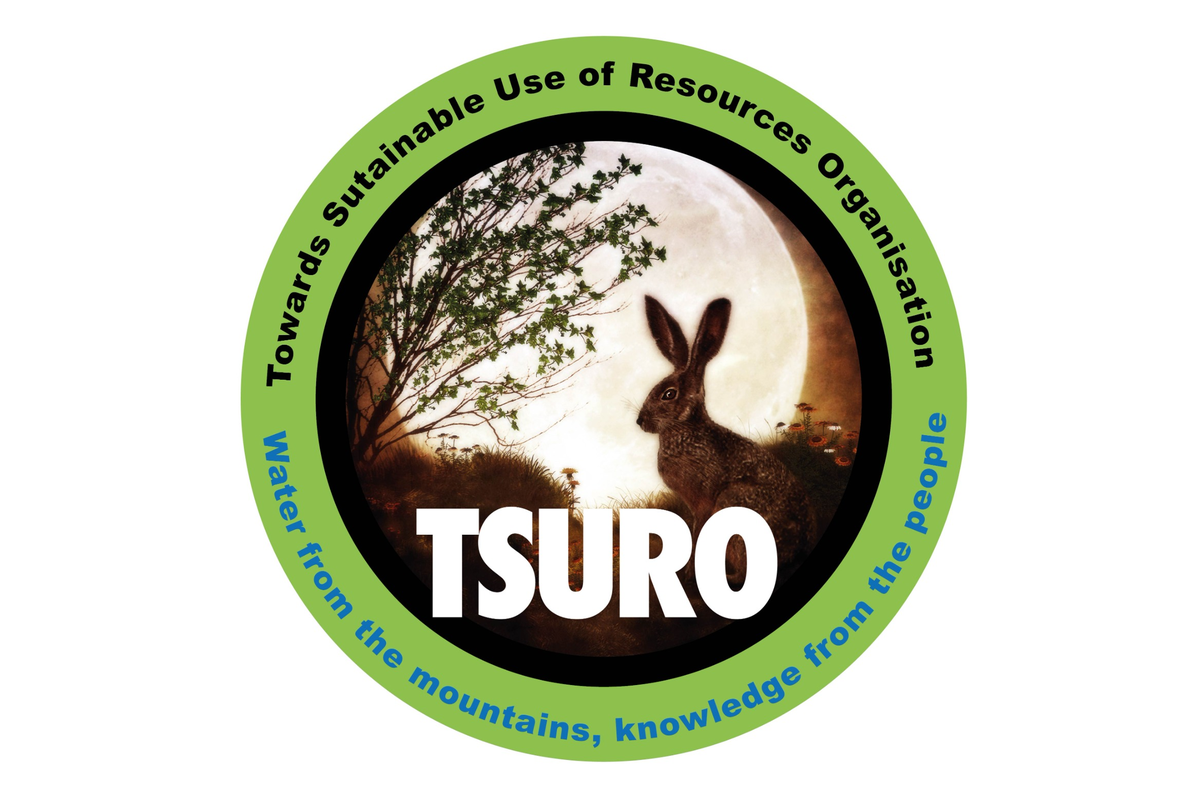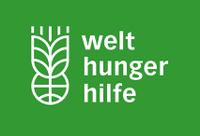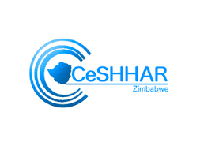Terms of Reference for manuals development on Soil and Water Conservation, Soil Fertility Management & Natural Pest & Disease Management, Agroforestry, and Biodiversity
Ngo & Social Services Jobs
- Tsuro Trust
- Expires 04 Nov 2024
- Chimanimani
- Contractor
Job Description
Beginning November 2023, LandsAide.V. and its partner TSURO are to implement a 32-month programme titled “Resilient food production system for smallholder farmers in Central and Lowveld clusters of Chimanimani district, Manicaland Province.” This project is aimed at the communities and rural families from 6 target wards, wards 2, 8, 9, 17, 18 and 20 in Chimanimani. The targeted wards form part of the wards which have high levels of poverty, stunting and malnutrition. Selected wards have had direct and indirect impacts of cyclone Idai in the form of damages to fields through erosion and deposition. Nutritional gardens that were located closer to the river banks were all washed away during the Cyclone Idai period.
Agriculture and the effects of climate change
A changing climate and the resulting extreme weather conditions are presenting a direct threat to the design and lifespan of critical public infrastructure, as well as significant knock-on effects for those relying on the services these assets deliver. Climate change is impacting heavily on the reduction in river water flow, depressed underground water sources causing inadequate water supply for humans and animals, siltation of rivers and dams, cyclones (e.g. devastating cyclone Idai 2019, 2 major Tropical storms in the 2021-22 farming season; Chalane and Eloise, heat stress, community conflicts and destruction of forage. Chimanimani reported drought as a shock they were experiencing with 66% of the households having experienced drought in 2022, with the targeted areas most hard hit by the drought. The households indicated an inability to be able to cope with economic, livelihoods and weather-related shocks. (ZIMVAC 2022). The district of Chimanimani had an overall cereal deficit during the 2021-22 season and the target wards were worse off, Second Round Crop and Livestock Assessment, 2022.
Apart from the effects of climate change, more than 70% of Zimbabwean soils are acidic and require liming to correct pH for optimum crop productivity. These soils are also predominantly low in organic matter content lowering the cation exchange capacity/ and reducing yields. Soil pH variations are largely mediated Moreover, the consultant is to provide the design for the manuals.
Lastly, the consultant is to submit the manual/s in English and vernacular (Ndau/Shona).
Duties and Responsibilities
This assignment aims to produce manuals on Soil and water conservation, Soil fertility management, Natural pest and disease management agroforestry, and biodiversity. The content on the thematic areas should cover:
❖ Soil and Water conservation: the smallholder farmers shall be trained to reduce the speed of rainwater flowing on the ground after rains to increase the rainwater rate. Techniques like the construction of stone terracing (gabions) to create some pieces of land of almost the same level, the use of live plants like vetiver grass to create some pieces of land of almost the same level (biological terracing) use of zero-graded contours with pits to harvest rainwater (swales), and drains to collect excess rainwater (storm drains and miter drains) and terracing. When this is done, the top soil which is suitable for plant growth is not washed away hence soil and water is managed well and there is more water available for plants and livestock needs. There is a need for underground water levels to improve and this is what the smallholder farmers will be trained to contribute towards recharge of the water table.
❖ Soil Fertility Management: smallholder farmers will be trained on how to improve the fertility of their land and soil. They shall be trained on techniques like how to make composts, how to use livestock to improve soil fertility in the fields (livestock impact) fertility trenches, liquid manures and other plant and animal requirements.
❖ Natural Pest and Disease Management, agroforestry, and biodiversity: natural Pest and Disease Management is a natural way of farming that is in harmony with nature. The smallholder farmers will be trained on how to carefully combine and use different plants (agroforestry) and a combination of plants and animals (agrobiodiversity) on a piece of land to promote an ecosystem balance and reduce pests and diseases while at the same time improving the land, water and livelihood base.
Qualifications and Experience
Interested service providers will be required to submit a quote in United States Dollars to complete all deliverables mentioned above and specify their rates. Please note that we are working on a tight budget and therefore expect budget proposals that reflect strict value for money.
6. Service provider requirements
The service provider must:
• Have extensive and demonstrable experience in manual development with a strong bias in Agroecology
• Be able to communicate fluently in English and Shona.
• Be able to accurately and professionally translate text from English to Shona and from Shona to English.
• Communicate with TSURO Trust in a professional and timely manner on progress.
Please note: The service provider may not subcontract to other parties without prior approval from TSURO Trust and its partners.
7. Evaluation criteria
Bids will be evaluated against the following criteria:
o Price (detailed budget to be submitted with the proposal)
o Demonstrated experience in producing similar products mentioned in this ToR
• Proposed approach and basic work plan for the delivery of these manuals
• A website address/links to a professional portfolio for similar work.
A payment schedule will be part of the Service Level Agreement established between TSURO Trust and the selected service provider, and payment can be made either in or through the bank transfer. Payment will be issued based on the prompt and satisfactory delivery of services and upon receiving fully compliant invoices
How to Apply
Interested service providers should submit their proposal to Adelin Banhwa (adelin@tsurotrust.org) with Tafadzwa Chipato (tafadwa@tsurotrust.org) and Rosemary Mudzingwa (rosemary@tsurotrust.org) in copy by 4 November 2024.
Please use the subject line: “Service Provider: TSURO Trust AE manuals” when submitting your proposal.
Include the following attachments in your submission:
o A Brief proposal containing the following information: proposed content
o Work plan/ schedule to deliver the tasks listed in this ToR, including roles and responsibilities of team members who will be working on the project should you have a lot of people
o A detailed, itemized cost to deliver all tasks listed in this ToR
o Full CV(s) of the team leader who will be directly on this assignment c9ix
o A valid tax clearance
Kindly find the link to the detailed ToRs https://drive.google.com/file/d/1rH_okC4eVeWXaJAZdJLrOcnAq5oMvTCf/view?usp=sharing



